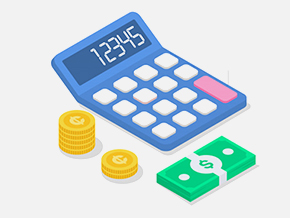-
- PCB TYPE
- PRINTED CIRCUIT BOARD PROTOTYPE ALUMINUM PRINTED CIRCUIT BOARD R&F PCB FPC HIGH FREQUENCY PCB HIGH-TG PCB HEAVY COPPER PCB HDI PCB PCB FOR LIGHTING METAL CORE PCB
time:Sep 02. 2021, 16:08:30 Views:209
Electronic components and electromechanical components have electrical contacts, and the electrical connection between two discrete contacts is called interconnection. The electronic devices*** are interconnected in accordance with the circuit schematic diagram to realize the predetermined function.
As a component of the whole machine, a printed circuit board generally cannot form an electronic product, and there is bound to be an external connection problem. For example, electrical connections are required between printed boards, printed boards and external components, printed boards and equipment panels. It is one of the important contents of printed circuit board design to choose the connection that is reliable, manufacturability and economy. There are many ways of external connection, which should be selected flexibly according to different characteristics.
The circuit board interconnection method 1: Welding method
The advantages of this connection method are simplicity, low cost, high reliability, and can avoid failures caused by poor contact; the disadvantage is that it is not convenient for interchange and maintenance. This method is generally suitable for components with fewer external leads.

1, PCB wire welding
This method does not require any connectors, as long as the external connection points on the PCB printed board are directly welded to the components or other parts outside the board with wires. For example, the horn and battery box in the radio.
Attention should be paid to the interconnection welding of the circuit board:
(1) The soldering wire pads should be as close as possible to the edge of the PCB printed board, and arranged in a uniform size to facilitate soldering and maintenance.
(2) In order to improve the mechanical strength of the wire connection and avoid pulling off the pad or printed wire due to the wire being pulled, drill holes should be drilled near the solder joints on the PCB printed board to allow the wires to pass through the soldering surface of the printed board. Go through the through hole, and then insert the pad hole from the component surface for soldering.
(3) Arrange or bundle the wires neatly, and fix them with the board by wire clips or other fasteners to avoid the wires from breaking due to movement.
2, PCB cable welding
The two PCB printed boards are connected by a flat cable, which is reliable and not prone to connection errors, and the relative position of the two PCB printed boards is not restricted.
direct welding between printed boards, this method is often used for connecting two printed boards at an angle of 90 degrees. After connection, it becomes a whole PCB printed board part

Got project ready to assembly? Contact us: info@apollopcb.com



We're not around but we still want to hear from you! Leave us a note:

Leave Message to APOLLOPCB
